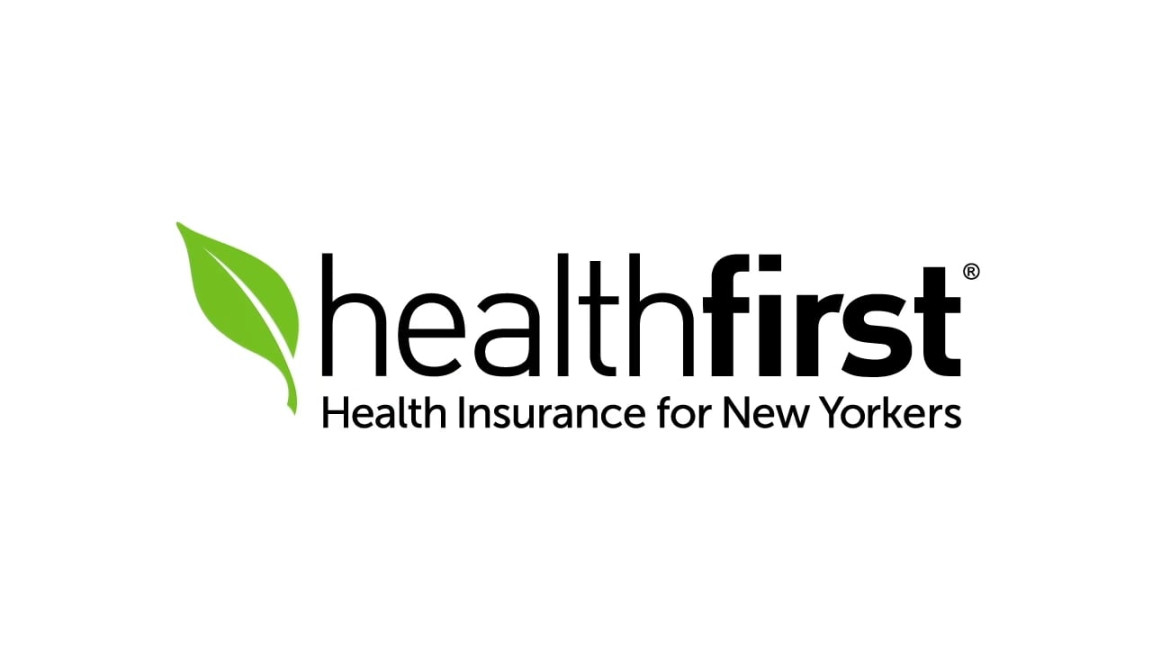Health insurance, often hailed as a lifesaver, can sometimes feel more like a financial drain. One of the most misunderstood and often overlooked aspects of health insurance plans is the deductible. This seemingly small number can have a significant impact on your out-of-pocket costs. Let’s delve into the world of deductibles and uncover the hidden costs that they can impose.
What is a Deductible?
A deductible is a fixed amount of money that you must pay out-of-pocket before your insurance coverage kicks in. This means that even after you’ve paid your premiums, you’ll still be responsible for covering the initial costs of medical expenses. For example, if your deductible is $2,000 and you receive a medical bill for $3,000, you’ll need to pay the first $2,000 out-of-pocket. Only after you’ve met your deductible will your insurance company start covering the remaining $1,000.

The High Cost of Hidden Costs
While deductibles may seem like a straightforward concept, their implications can be far-reaching. Here are some of the hidden costs associated with high deductibles:
Unexpected Expenses: Life is full of surprises, and so are medical expenses. A sudden illness, an unexpected injury, or a routine checkup that turns into a major procedure can quickly deplete your savings if you have a high deductible.
Strategies for Managing High Deductibles
If you’re struggling with a high deductible, there are several strategies you can employ to mitigate the financial burden:
Health Savings Accounts (HSAs): HSAs are tax-advantaged savings accounts that can be used to pay for qualified medical expenses. If you have a high-deductible health insurance plan, an HSA can be a valuable tool for saving money on out-of-pocket costs.
Understanding the hidden costs of health insurance deductibles is essential for making informed decisions about your healthcare coverage. By being aware of the potential financial implications and taking proactive steps to manage your out-of-pocket expenses, you can better protect yourself and your family from the unexpected.
Health insurance, often seen as a necessity, can sometimes feel like a financial black hole. While the monthly premium is a significant expense, it’s far from the only cost you’ll face. Let’s dive into the hidden costs of health insurance that can significantly impact your wallet.
Deductibles and Copayments
One of the most common hidden costs is the deductible. This is the amount you must pay out-of-pocket before your insurance coverage kicks in. Even with insurance, you might still find yourself facing substantial medical bills until you meet your deductible.
Copayments, on the other hand, are smaller fees you pay each time you receive a medical service. While they may seem insignificant individually, they can add up quickly, especially for frequent healthcare users.
Out-of-Pocket Maximums
Out-of-pocket maximums are another important factor to consider. This is the maximum amount you’ll pay for medical expenses in a given year. Once you reach this limit, your insurance will cover most of your remaining costs. However, if you have a high deductible and frequent medical needs, you may find yourself approaching this limit more quickly than you’d like.
Surprise Medical Bills
One of the most dreaded hidden costs of health insurance is the surprise medical bill. These occur when you receive care from an out-of-network provider without your knowledge. For example, if you go to an emergency room and the attending physician is not in-network, you could be left with a hefty bill.
Network Restrictions
Your health insurance plan may also have network restrictions. This means that you may only be covered for care from providers within a specific network. If you need to see a specialist or receive specialized treatment, you may find that your options are limited.
Administrative Costs
Health insurance companies also incur administrative costs, which are ultimately passed on to consumers in the form of higher premiums. These costs include things like processing claims, marketing, and managing customer service.
The Impact of Rising Healthcare Costs
The rising cost of healthcare is another factor that can drive up your insurance premiums. As the cost of medical services increases, so too does the cost of insuring those services. This means that you may see your premiums rise over time, even if your health remains stable.
The Importance of Understanding Your Plan
To avoid the hidden costs of health insurance, it’s essential to understand your plan thoroughly. This includes knowing your deductible, copayments, out-of-pocket maximum, and network restrictions. You should also be aware of any additional fees or charges that may apply.
By understanding the hidden costs of health insurance, you can make more informed decisions about your coverage and take steps to protect your finances.
 Udento Lifestyle & Health
Udento Lifestyle & Health




